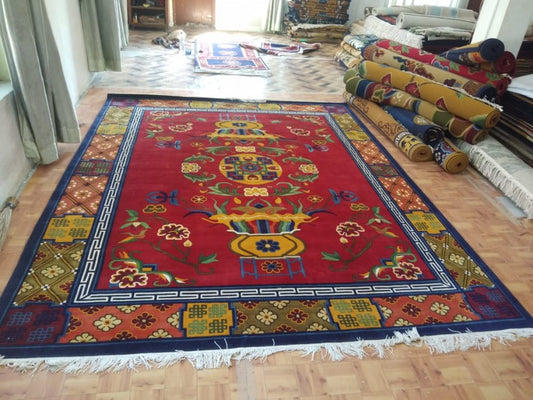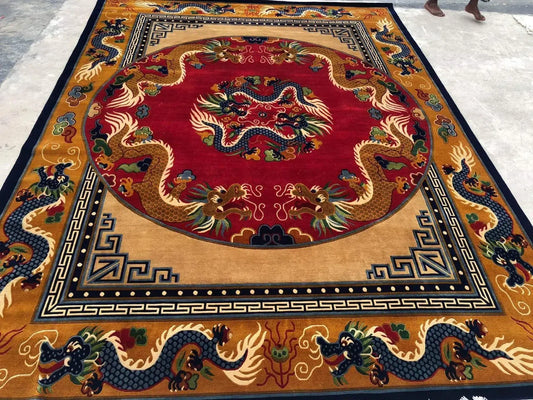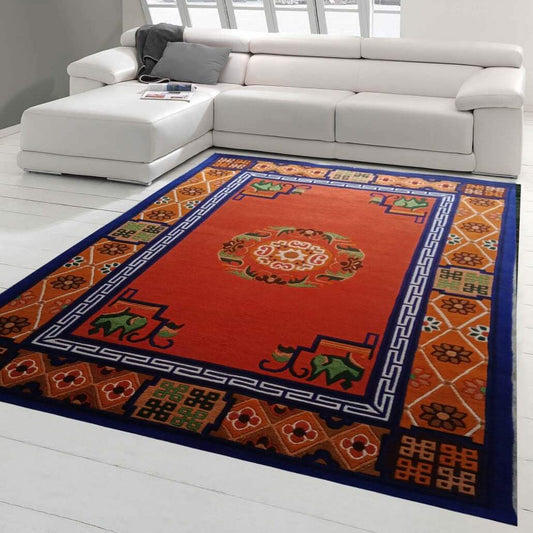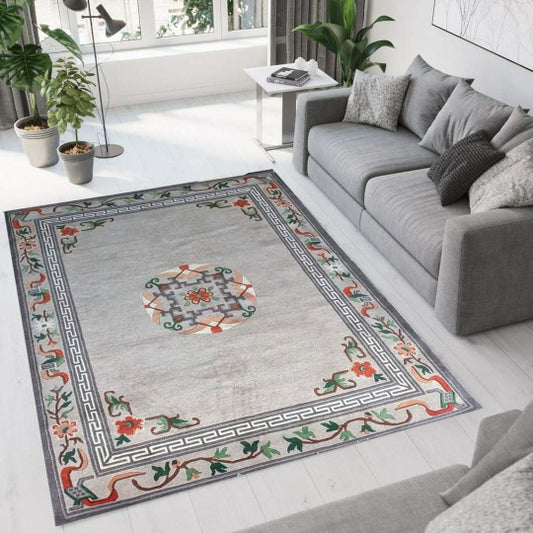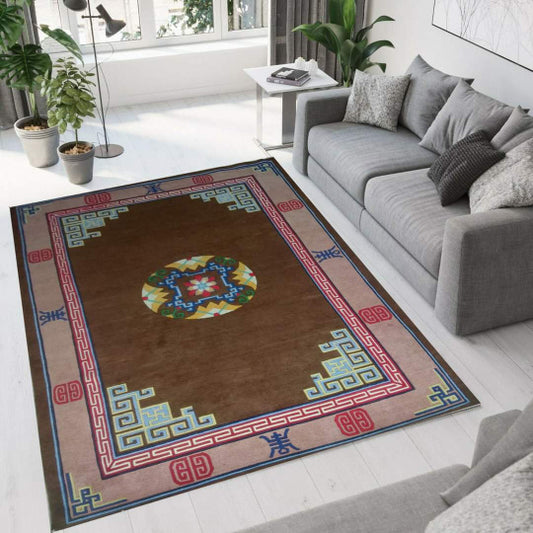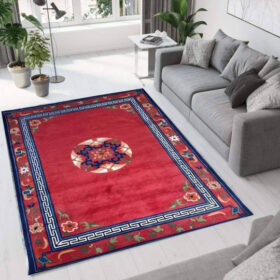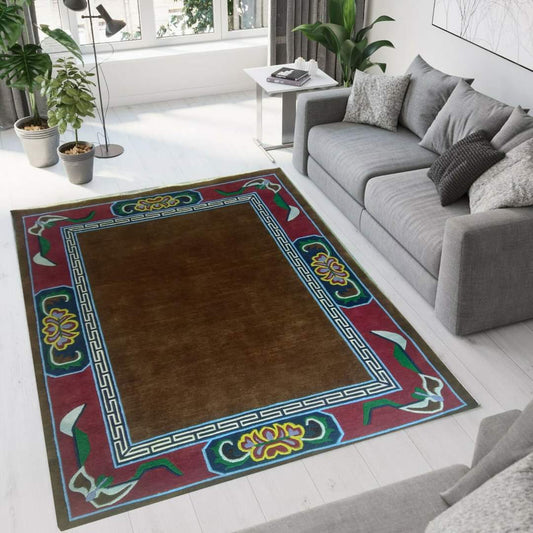-
Tibetan Rug With Flower And Endless Knot Border
Regular price From $900.00 USDRegular price -
Endless Knot Tibetan Rugs with Dragon
Regular price From $900.00 USDRegular price -
Endless Knot Rugs Sale
Regular price From $900.00 USDRegular price -
Endless Knot Rugs
Regular price From $900.00 USDRegular price -
Endless Knot Carpet Made In Nepal
Regular price From $900.00 USDRegular price -
Endless Knot Carpet
Regular price From $900.00 USDRegular price -
Buddhism Special Endless Knot Rug
Regular price From $900.00 USDRegular price

